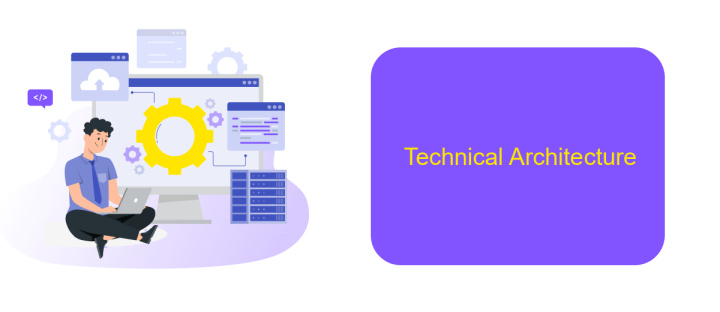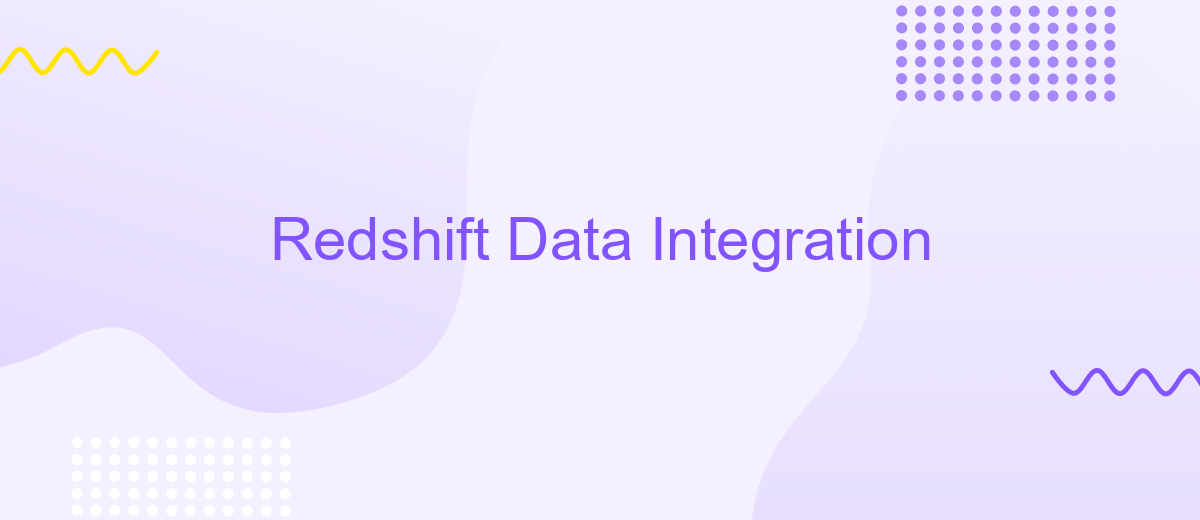Redshift Data Integration
Redshift data integration is a critical aspect for businesses aiming to harness the full potential of their data. By seamlessly integrating data from various sources into Amazon Redshift, organizations can achieve enhanced analytics, improved decision-making, and streamlined operations. This article explores the key strategies, tools, and best practices to effectively integrate data into Redshift, ensuring optimal performance and scalability.
Introduction
Redshift Data Integration is a critical aspect for businesses aiming to harness the full potential of their data. Amazon Redshift, a fully managed data warehouse service, allows organizations to analyze vast amounts of data quickly and cost-effectively. Integrating data from various sources into Redshift can be complex, but it is essential for deriving actionable insights and making informed decisions.
- Consolidate data from multiple sources
- Ensure data accuracy and consistency
- Streamline data processing workflows
- Enable real-time data analytics
Tools like ApiX-Drive simplify the integration process by automating data transfers between various platforms and Redshift. This service allows businesses to connect different data sources without the need for extensive coding, ensuring seamless and efficient data integration. By leveraging such tools, organizations can focus more on data analysis and less on the technical challenges of data integration.
Redshift Data Integration Overview

Redshift Data Integration involves the seamless connection of various data sources to Amazon Redshift, enabling efficient data warehousing and analytics. This process encompasses extracting data from diverse origins, transforming it into a suitable format, and loading it into Redshift for analysis. By integrating data from multiple sources, businesses can achieve a unified view of their operations, facilitating better decision-making and insights. Tools and services such as ETL (Extract, Transform, Load) platforms play a crucial role in this process, ensuring data consistency and reliability.
One such service that simplifies Redshift data integration is ApiX-Drive. ApiX-Drive allows users to automate data transfers between different applications and Amazon Redshift with minimal manual intervention. By leveraging ApiX-Drive, organizations can set up custom workflows that automatically sync data, reducing the risk of errors and saving valuable time. This service supports a wide range of data sources and destinations, making it a versatile solution for businesses looking to streamline their data integration processes and enhance their data analytics capabilities.
Benefits and Use Cases

Redshift Data Integration offers numerous advantages for businesses looking to streamline their data management processes. By integrating Redshift with other data sources, companies can achieve better data consistency, improved analytics, and enhanced decision-making capabilities.
- Scalability: Redshift allows for seamless scaling of data storage and processing power, accommodating growing data needs.
- Cost-efficiency: With Redshift's pay-as-you-go pricing model, businesses can manage costs effectively while leveraging powerful analytics.
- Real-time data access: Integrating Redshift enables real-time data synchronization, ensuring up-to-date information for critical business decisions.
- Enhanced security: Redshift offers robust security features, including encryption and network isolation, to protect sensitive data.
- Ease of integration: Services like ApiX-Drive simplify the integration process, allowing businesses to connect Redshift with various platforms effortlessly.
These benefits make Redshift Data Integration an ideal solution for various use cases, such as real-time analytics, business intelligence, and data warehousing. By leveraging tools like ApiX-Drive, companies can streamline the integration process, ensuring seamless data flow across different systems and maximizing the value of their data assets.
Technical Architecture

The technical architecture of Redshift Data Integration involves several key components that work together to ensure seamless data flow and processing. At the core of the architecture is Amazon Redshift, a fully managed data warehouse service that allows for efficient querying and analysis of large datasets.
To facilitate data integration, various tools and services are employed to extract, transform, and load (ETL) data from multiple sources into Redshift. One such service is ApiX-Drive, which simplifies the integration process by providing a user-friendly interface and pre-built connectors for numerous data sources.
- Data Extraction: ApiX-Drive extracts data from various sources such as APIs, databases, and cloud storage.
- Data Transformation: The service allows for data transformation to match the schema and requirements of the Redshift database.
- Data Loading: ApiX-Drive automates the loading of transformed data into Redshift, ensuring data consistency and integrity.
This architecture ensures that data from disparate sources is accurately and efficiently integrated into Redshift, enabling comprehensive analytics and reporting. By leveraging services like ApiX-Drive, organizations can streamline their data integration processes, reduce manual effort, and enhance overall data quality.


Best Practices
When integrating data with Amazon Redshift, it is crucial to ensure that your data pipeline is both efficient and reliable. One best practice is to use incremental data loading instead of full data loads. This approach minimizes the amount of data transferred and reduces the load on your Redshift cluster. Additionally, consider using columnar storage formats like Parquet or ORC, which can significantly improve query performance and reduce storage costs.
Another essential practice is to leverage automated data integration tools such as ApiX-Drive. These tools simplify the process of connecting various data sources to Redshift, ensuring seamless and error-free data transfer. ApiX-Drive, for example, offers a user-friendly interface and supports a wide range of data sources, making it easier to manage your data integrations. Finally, always monitor your Redshift cluster’s performance and set up alerts for any anomalies to ensure timely intervention and maintain optimal performance.
FAQ
What is Redshift Data Integration?
Why is Redshift Data Integration important?
How can I automate data integration with Redshift?
What are the common challenges in Redshift Data Integration?
Can I integrate Redshift with cloud-based applications?
Time is the most valuable resource for business today. Almost half of it is wasted on routine tasks. Your employees are constantly forced to perform monotonous tasks that are difficult to classify as important and specialized. You can leave everything as it is by hiring additional employees, or you can automate most of the business processes using the ApiX-Drive online connector to get rid of unnecessary time and money expenses once and for all. The choice is yours!

